Introduction to Crimping Tools
Crimping tools are essential instruments in the electrical and industrial sectors, designed for joining two pieces of metal or other malleable materials by deforming one or both of them to hold each other. The process, known as crimping, is commonly applied to affix connectors to the ends of cables or wires.
Types and Applications
There is a diverse array of crimping tools tailored to specific applications, ranging from simple crimping pliers for small-scale electrical work to heavy-duty hydraulic crimping tools used in industrial settings. Specialized variants like the crimping tool RJ45 are designed for networking tasks, ensuring secure connections for Ethernet cables. In plumbing, a pex crimper is indispensable for sealing pex pipes and fittings, showcasing the versatility of crimping tools across various trades.
Features and Materials
The construction of crimping tools is designed to ensure durability and efficiency. Materials such as carbon steel and stainless steel are commonly used for their resilience and longevity. Ergonomic features are often incorporated to minimize fatigue during repetitive tasks. Some crimpers, like the wire crimper, come with additional functionalities like wire stripping and cutting, providing a multifaceted tool for comprehensive tasks.
Advantages of Using Quality Crimping Tools
Utilizing the correct crimping tool for the job can significantly enhance the quality of the connection. Tools like the ferrule crimper and cable crimper are designed to create a secure and reliable joint that maintains the integrity of the connection even under stress. Moreover, the precision that a specialized hydraulic hose crimper offers can prevent leaks and failures in hydraulic systems, underlining the importance of selecting the appropriate tool.
Selection Considerations
When choosing a crimping tool, it is crucial to consider the type of material you will be working with and the environment in which the tool will be used. For instance, a crimp nut tool may be ideal for automotive applications, while a swaging tool could be better suited for HVAC systems. The choice of a crimping tool should also be influenced by the specific requirements of the task at hand, such as the need for portability or the frequency of use.
Conclusion
In conclusion, crimping tools are a fundamental component in various industries, each designed to meet the demands of different crimping tasks. Whether for electrical wiring, networking, or plumbing, the right tool ensures a secure and durable connection. As a platform connecting suppliers with buyers, Alibaba.com offers a comprehensive selection of crimping tools to suit any application's needs.
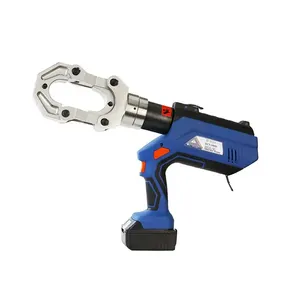


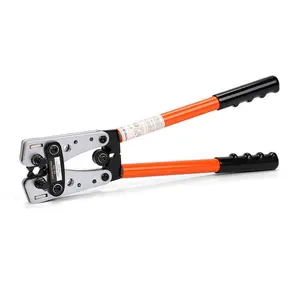




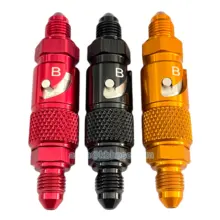

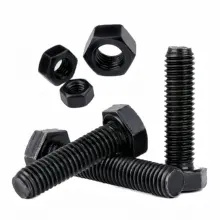

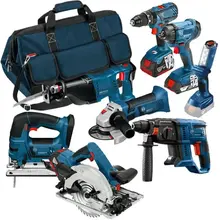


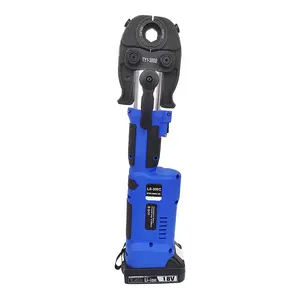


























 浙公网安备 33010002000092号
浙公网安备 33010002000092号 浙B2-20120091-4
浙B2-20120091-4